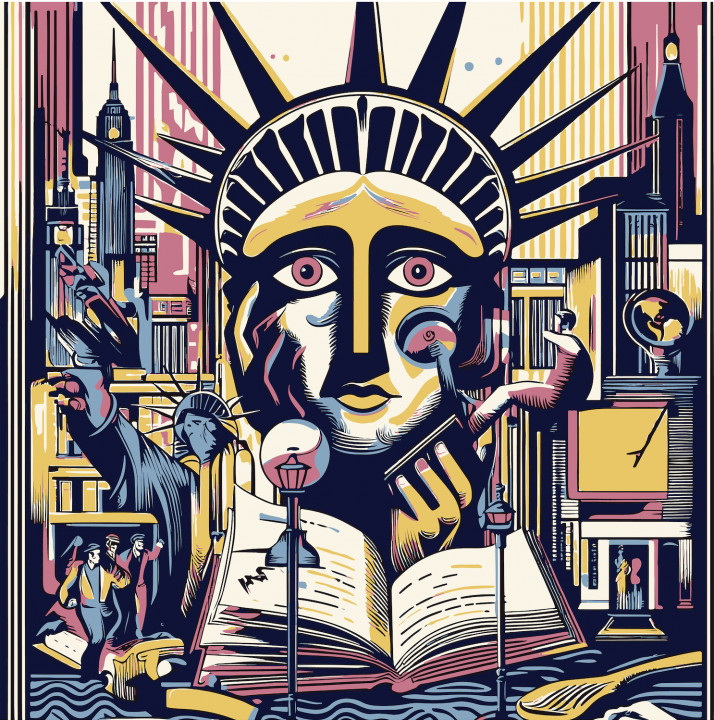Welcome to SAAS
XVII SAAS CONFERENCE
UNIVERSIDAD DE ALICANTE
APRIL, 2025
12th SAAS CONFERENCE
American Communities
Madrid 2015

9th SAAS Conference
Water and American Renewal
Barcelona 2009
SAAS Conference 1999:
Santiago de Compostela

17th SAAS CONFERENCE
"American Dreams, American Nightmares, American Fantasies"

UNIVERSIDAD DE ALICANTE, APRIL, 2025
- 17th SAAS Conference official Website
In 2025, we commemorate the centenary of Scott Fitzgerald's The Great Gatsby. The novel explores, among other themes, the downside of the American Dream and how achieving material wealth does not guarantee happiness. In 1931, James Truslow Adams published The Epic of America, a work challenging the idea that Americans had to collectively embrace optimism and self-reliance as a state of consciousness, not solely as a response to the Great Depression; individualism, hope, and personal freedom become the bedrocks of the American Dream. Adams alludes to the fundamental principle of the American Dream, emphasizing that the accumulation of wealth is not the most important aspect of this ideal, nor is it "a dream of motor cars and high wages merely, but a dream of a social order in which each man and each woman shall be able to attain the fullest stature of which they are innately capable" (Adams 405).
As a prelude to The Great Gatsby, Fitzgerald highlights in Winter Dreams (1922) the grotesque side of fantasy through Dexter Green, a young caddy with lofty goals. This short story explores the intersection of the real world and the realm of fantasy and illusion, depicting the often elusive and distorted nature of the American Dream. This image emerges as well in The Great Gatsby, in a valley of ashes inhabited by "poor ghosts" where "ashes grow like wheat into ridges and hills and grotesque gardens; where ashes take the forms of houses and chimneys and rising smoke and, finally, with a transcendent effort, of men who move dimly and already crumbling through the powdery air" (30).
The US have crumbled in the last decades and their utopian potential has been challenged by the economic crisis, the political turmoil, the pandemic as well as by the environmental and military crisis, among others. The Dream has turned, on many occasions, into a nightmare. As Joel Best explains in American Nightmares: Social Problems in an Anxious World (2018), American Nightmares are the opposite of the American Dream, they are "fears that middle America's way of life is threatened" (xvi). These nightmares are alive and as present today as they were in the last decades of the twentieth century, when fear of the so-called communist threat permeated much of the political and cultural debate of the time. As a matter of fact, as Best explains, current political campaigns have emphasized these ideas of American Nightmares, alluding to the different elements that supposedly threaten the American Dream (xvii).
The dream and the nightmare are alive in America today. Between the dream and the nightmare, there is always room for the fantasy, a place inhabited by the realms of the imagination. Fantasy and science-fiction also mirror the American imagination, American rhetoric and American aesthetics, turning the myth-making of the American Dream into a shared and celebrated fantasy. American science fiction explores the subversion of the multiple versions of the American Dream and the "American Frontier", as Ursula K Le Guin observes in her classic essay "Why are Americans afraid of Dragons?" (1979). According to Le Guin, Americans "have learned to repress their imagination, to reject it as something childish or effeminate, unprofitable, and probably sinful" (41).
In the last hundred years, the US has produced many new dreams, nightmares and fantasies that perpetuate or challenge the Foundational Dream. Examples of the wonders and the perils of the dream are easily found in literature, cinema, video games, TV series, music and other artistic forms both in high and popular culture. Rather than perpetuating iconic perspectives on the American Dream, we invite panels that challenge or expand the original American Dream or that focus specifically on new readings of The Great Gatsby. The theme of the conference intends to open new paths of research around the "American Dream" and its counterparts, "the "American nightmare" and the "American fantasy".







